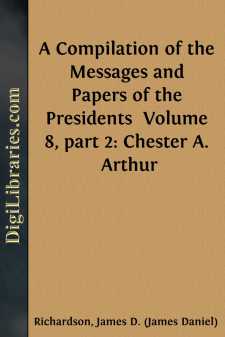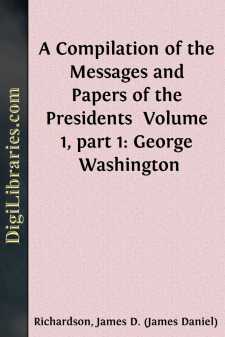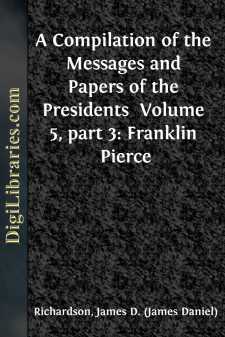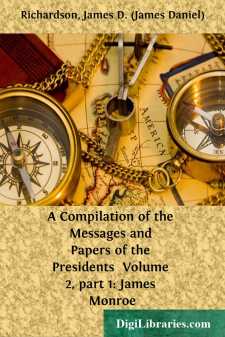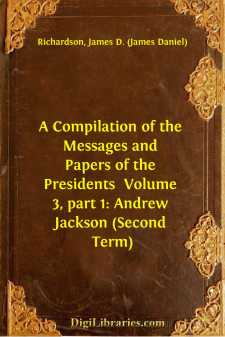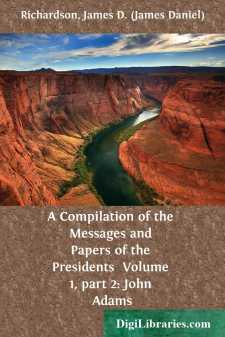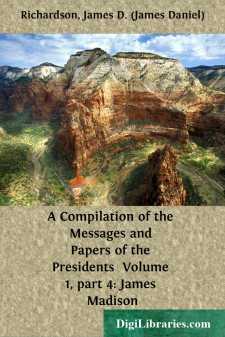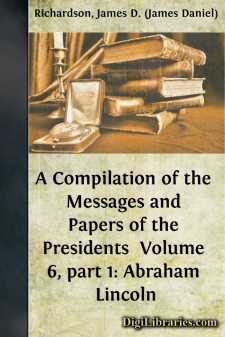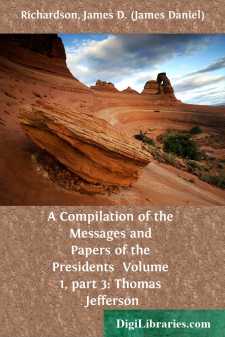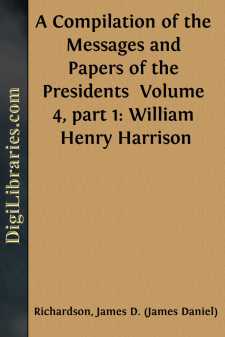Categories
- Antiques & Collectibles 13
- Architecture 36
- Art 48
- Bibles 22
- Biography & Autobiography 813
- Body, Mind & Spirit 142
- Business & Economics 28
- Children's Books 13
- Children's Fiction 10
- Computers 4
- Cooking 94
- Crafts & Hobbies 4
- Drama 346
- Education 46
- Family & Relationships 57
- Fiction 11828
- Games 19
- Gardening 17
- Health & Fitness 34
- History 1377
- House & Home 1
- Humor 147
- Juvenile Fiction 1873
- Juvenile Nonfiction 202
- Language Arts & Disciplines 88
- Law 16
- Literary Collections 686
- Literary Criticism 179
- Mathematics 13
- Medical 41
- Music 40
- Nature 179
- Non-Classifiable 1768
- Performing Arts 7
- Periodicals 1453
- Philosophy 64
- Photography 2
- Poetry 896
- Political Science 203
- Psychology 42
- Reference 154
- Religion 513
- Science 126
- Self-Help 84
- Social Science 81
- Sports & Recreation 34
- Study Aids 3
- Technology & Engineering 59
- Transportation 23
- Travel 463
- True Crime 29
A Compilation of the Messages and Papers of the Presidents Volume 8, part 2: Chester A. Arthur
Categories:
Description:
Excerpt
Chester A. Arthur
Chester Alan Arthur was born in Fairfield, Franklin County, Vt., October 5, 1830. He was the eldest son of Rev. William Arthur and Malvina Stone. His father, a Baptist minister, was born in Ireland and emigrated to the United States. Chester prepared for college at Union Village in Greenwich and at Schenectady, N.Y., and in 1845 entered the sophomore class of Union College. While in his sophomore year taught school for a term at Schaghticoke, Rensselaer County, and a second term at the same place during his last year in college. Joined the Psi Upsilon Society, and was one of six in a class of one hundred who were elected members of the Phi Beta Kappa Society, the condition of admission being high scholarship. After his graduation in 1848, at the age of 18, attended a law school at Ballston Spa, N.Y.; returned to Lansingburg, N.Y., where his father then resided, and continued his legal studies. Was principal of an academy at North Pownal, Bennington County, Vt., in 1851. In 1853 entered the law office of Erastus D. Culver in New York City as a student; was admitted to the bar during the same year, and at once became a member of the firm of Culver, Parker & Arthur. Having formed from early associations sentiments of hostility to slavery, as a law student and after his admission to the bar became an earnest advocate for the slaves. Became a Henry Clay Whig, and cast his first vote in 1852 for Winfield Scott for President. Participated in the first Republican State convention, at Saratoga, and took an active part in the Fremont campaign of 1856. October 29, 1859, married Ellen Lewis Herndon, of Fredericksburg, Va. January 1, 1861, was appointed on Governor Edwin D. Morgan's staff as engineer in chief, with the rank of brigadier-general. Had previously taken part in the organization of the State militia, and had been judge-advocate of the Second Brigade. When the civil war began, in April, 1861, he became acting quartermaster-general, and as such began in New York City the work of preparing and forwarding the State's quota of troops. Was called to Albany in December for consultation concerning the defenses of New York Harbor. Summoned a board of engineers on December 24, of which he became a member, and on January 18, 1862, submitted an elaborate report on the condition of the national forts both on the seacoast and on the inland border of the State. Was appointed inspector-general February 10, 1862, with the rank of brigadier-general, and in May inspected the New York troops at Fredericksburg and on the Chickahominy. In June, 1862, Governor Morgan ordered his return from the Army of the Potomac, and he acted as secretary of the meeting of the governors of the loyal States which was held June 28 in New York City. At Governor Morgan's request, General Arthur resumed his former work, resigned as inspector-general, and on July 10 was appointed quartermaster-general. Retired from the office December 31, 1862, when Horatio Seymour succeeded Governor Morgan....


